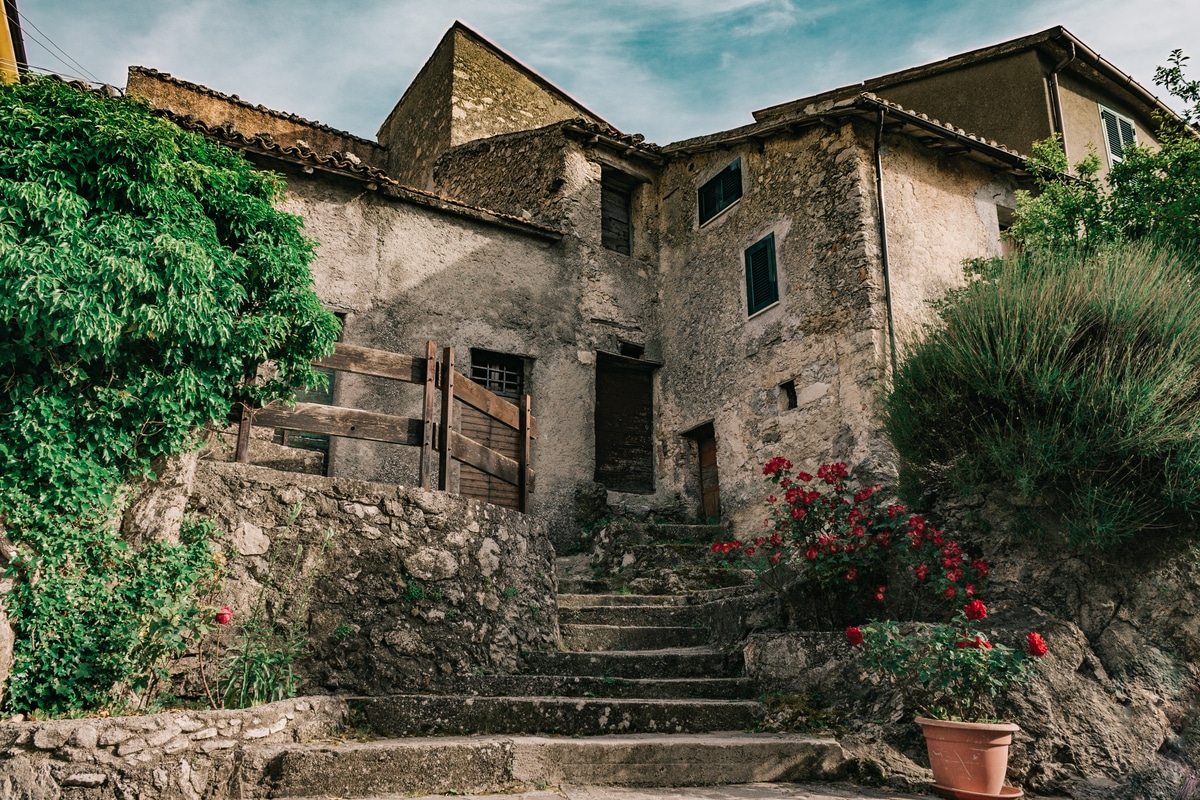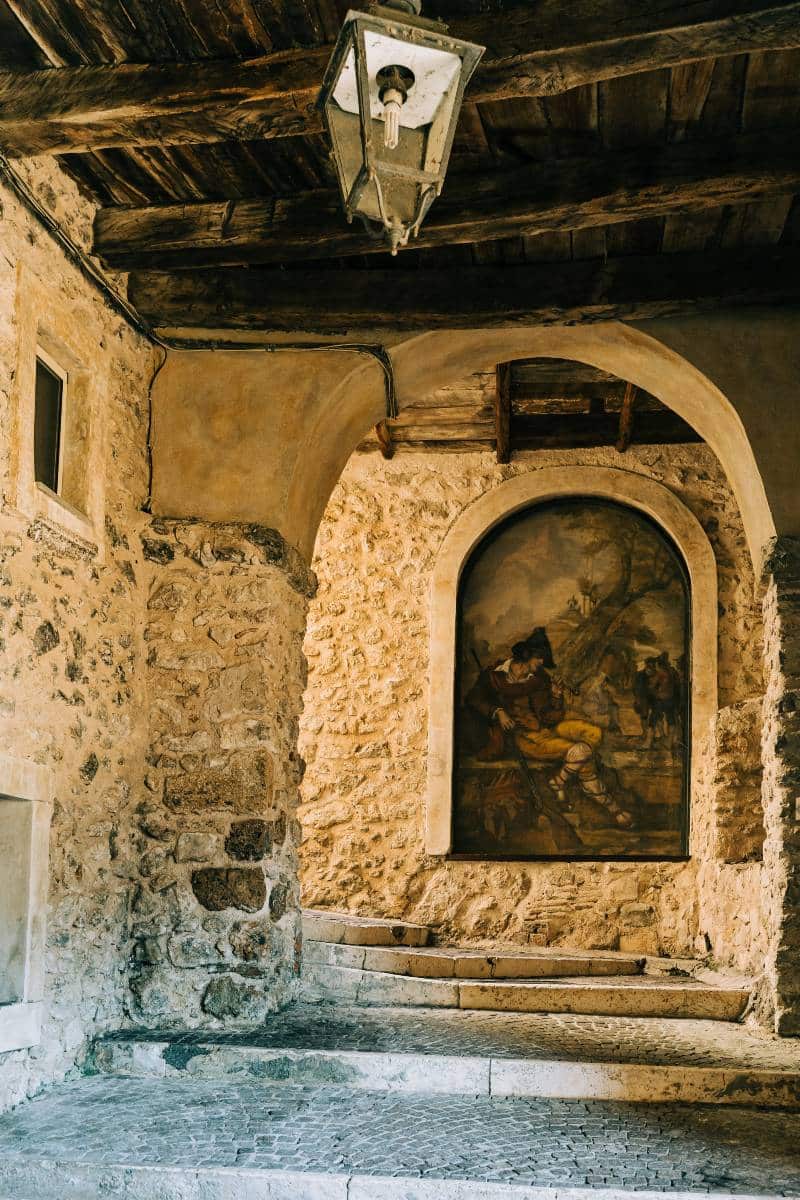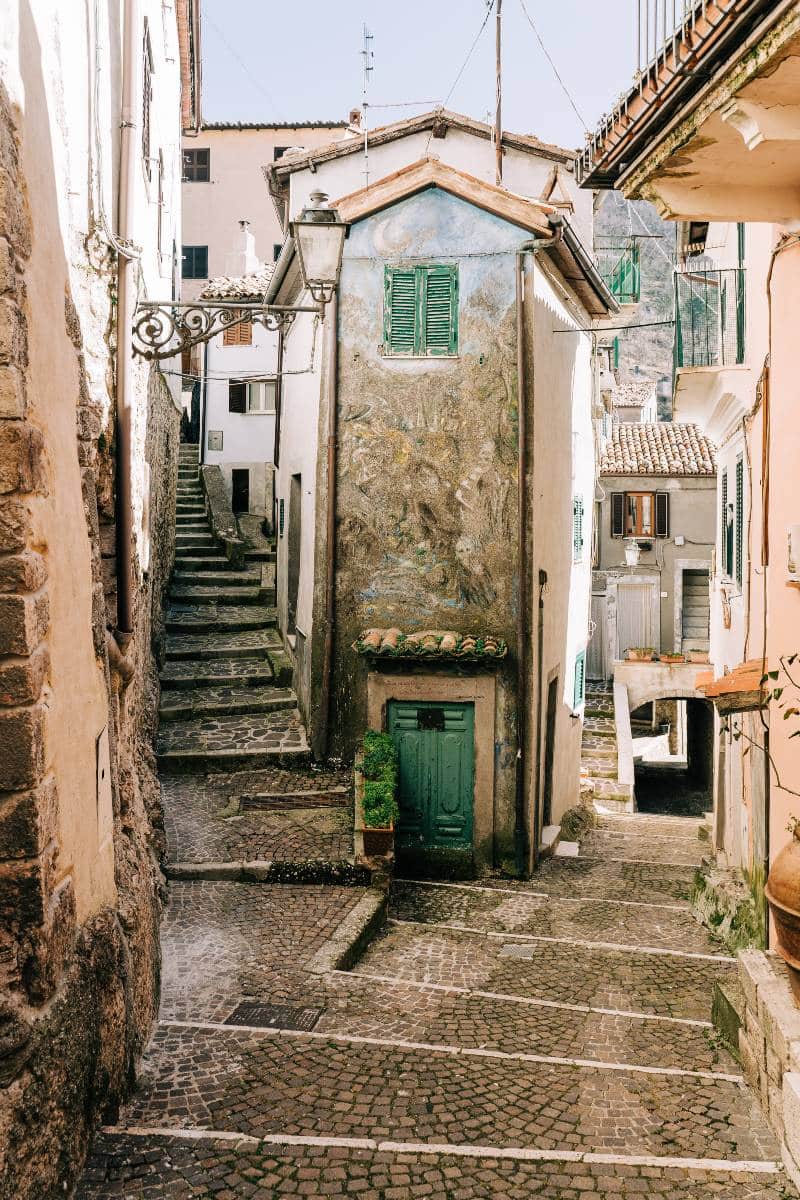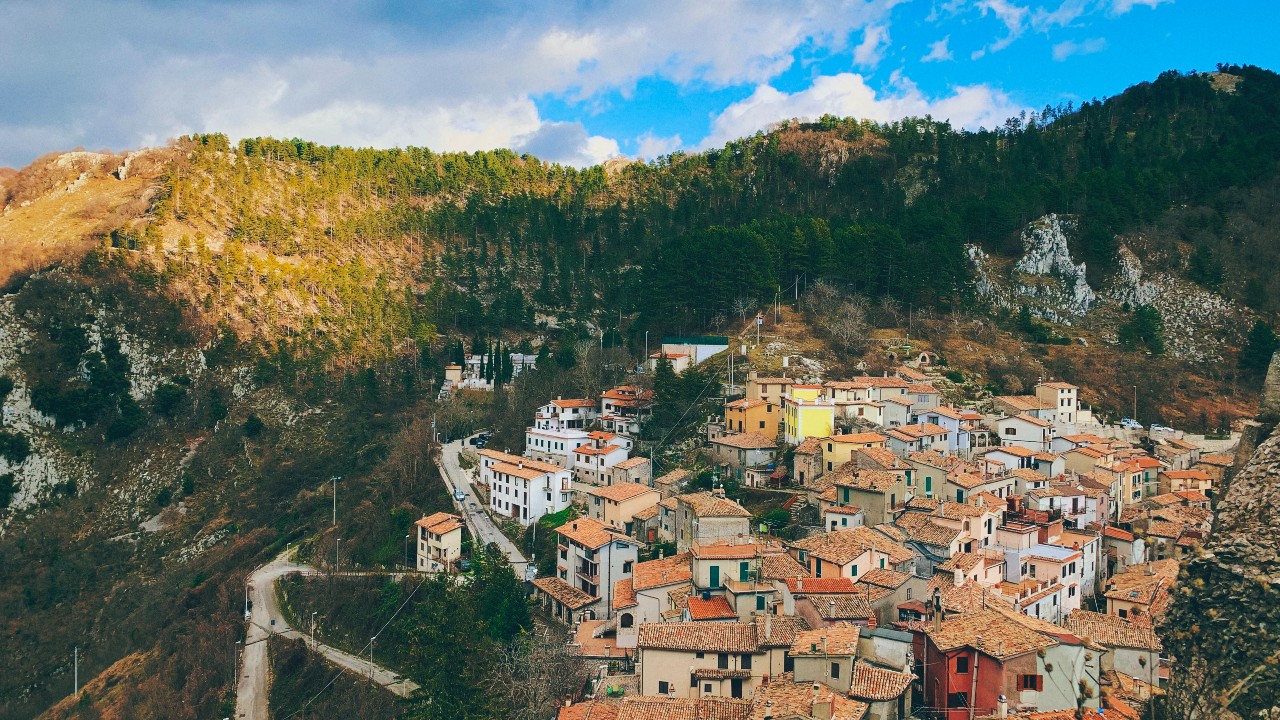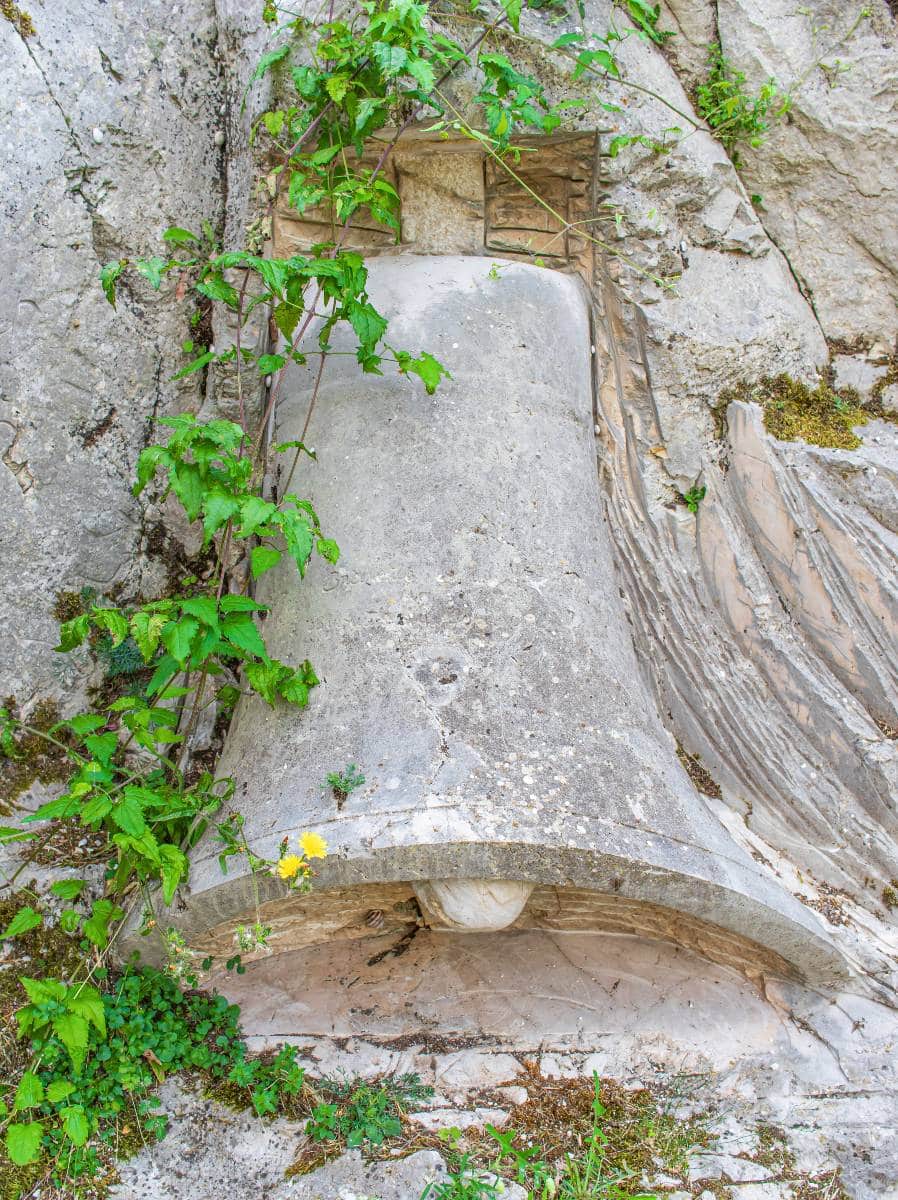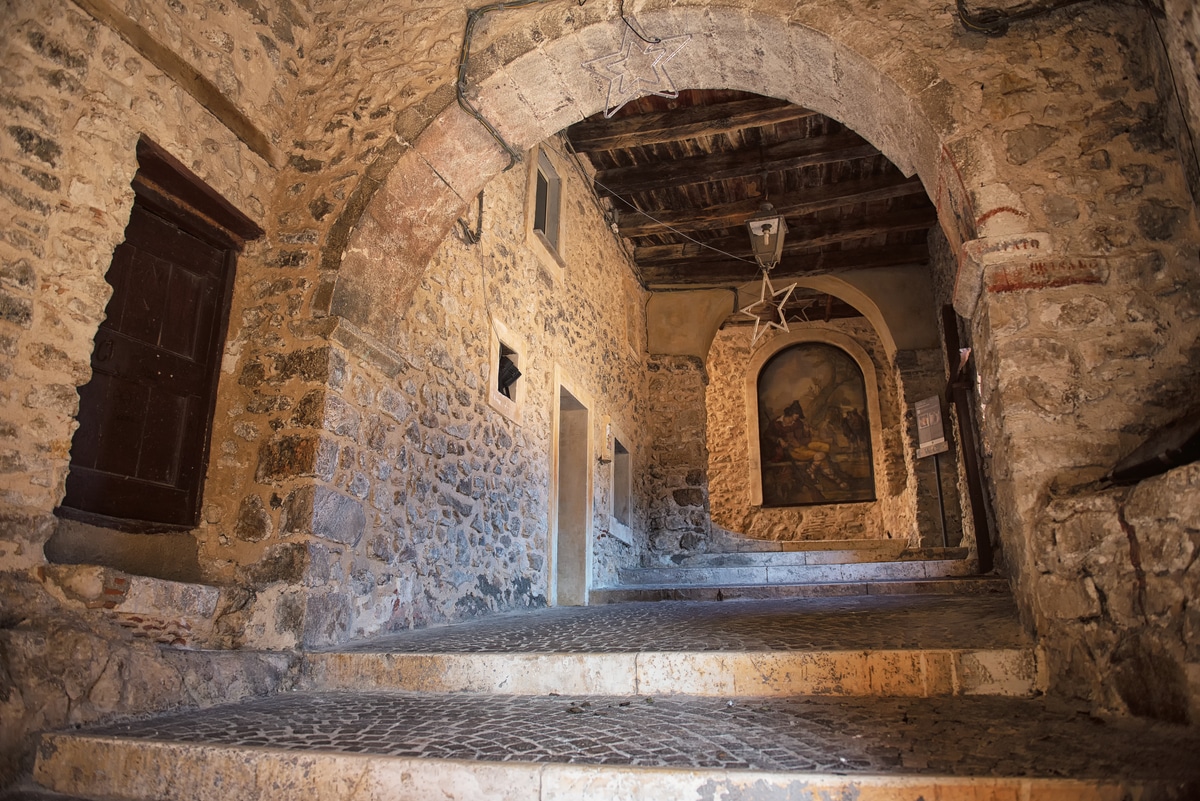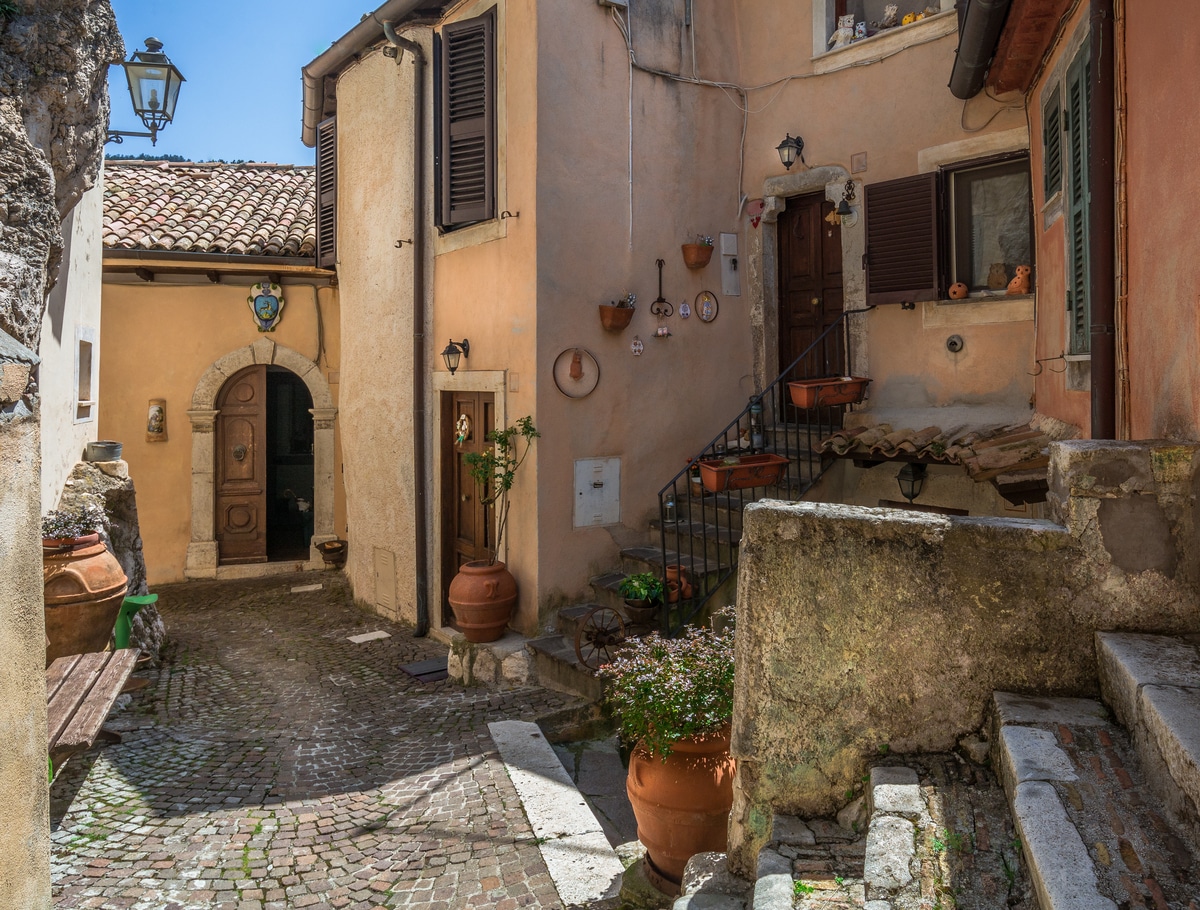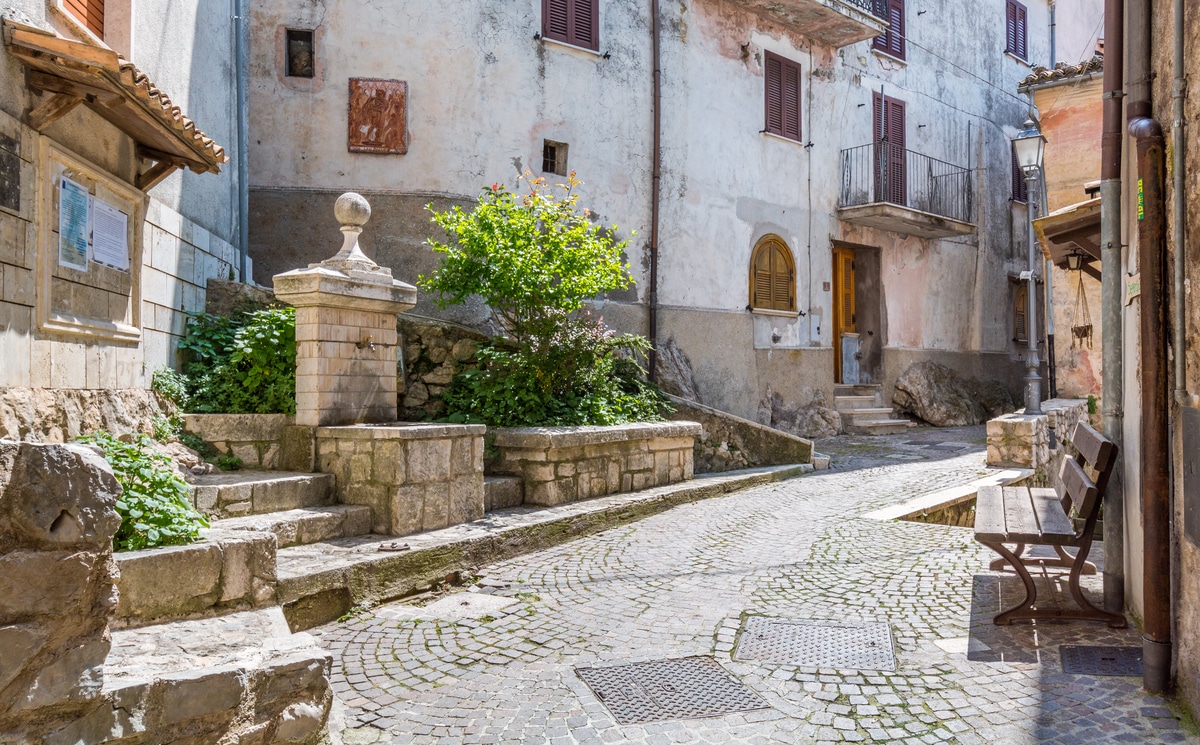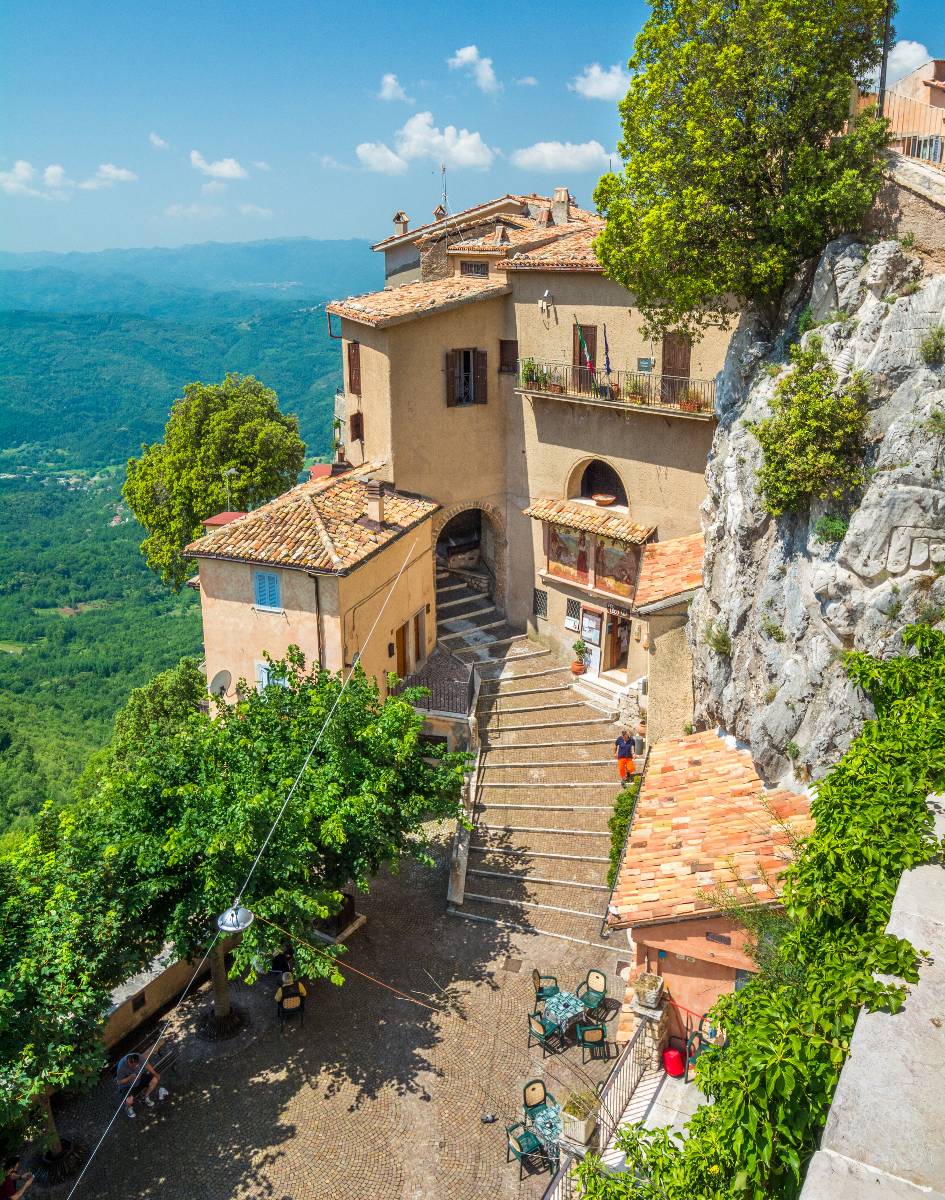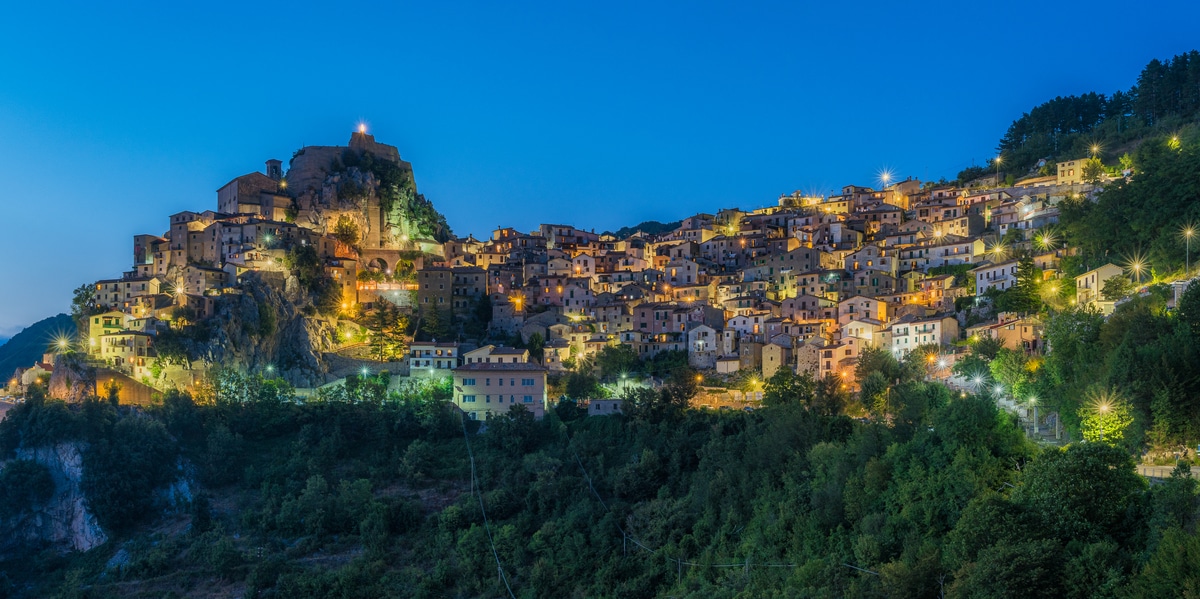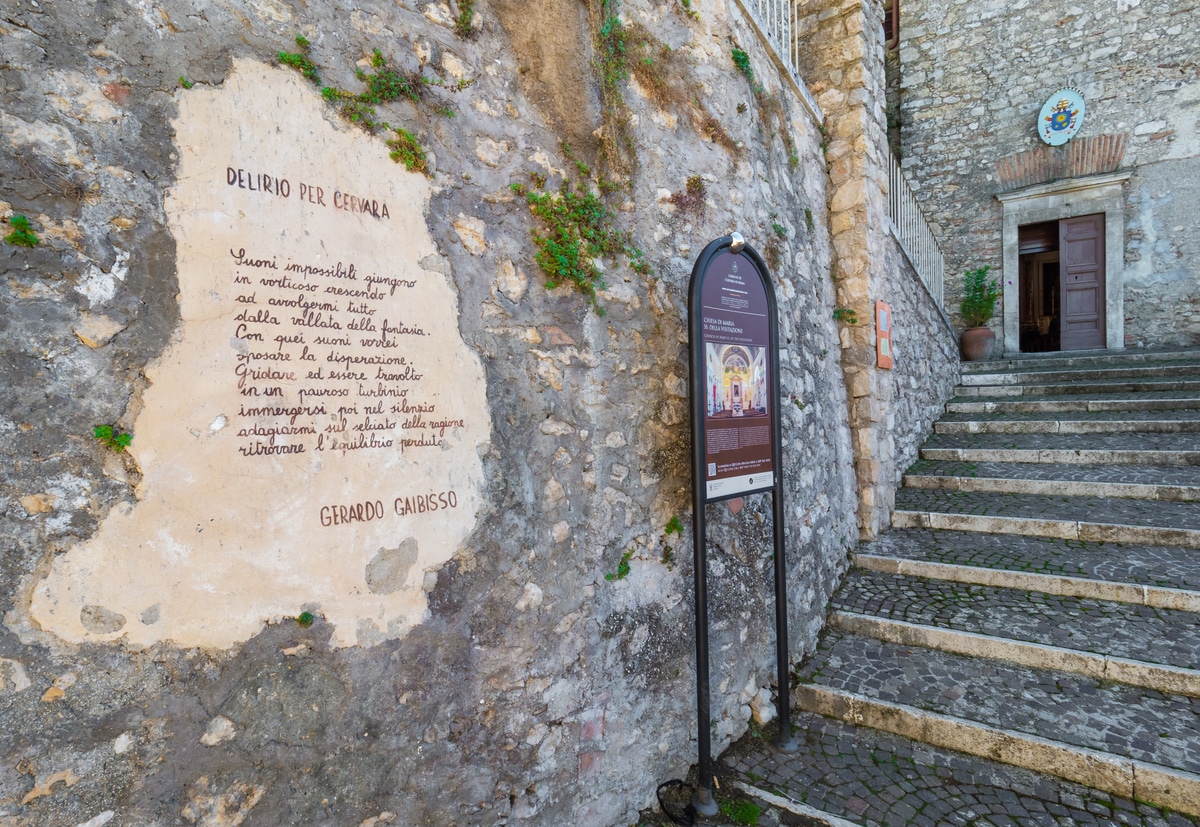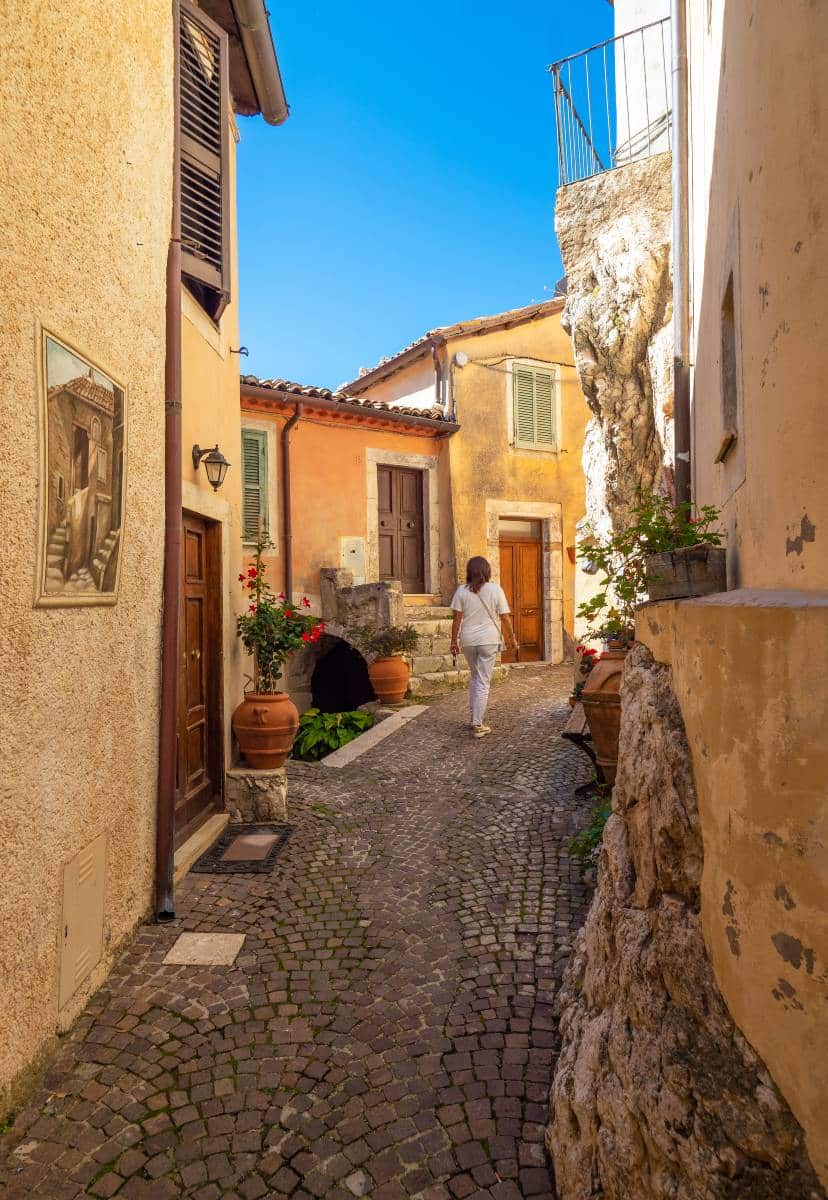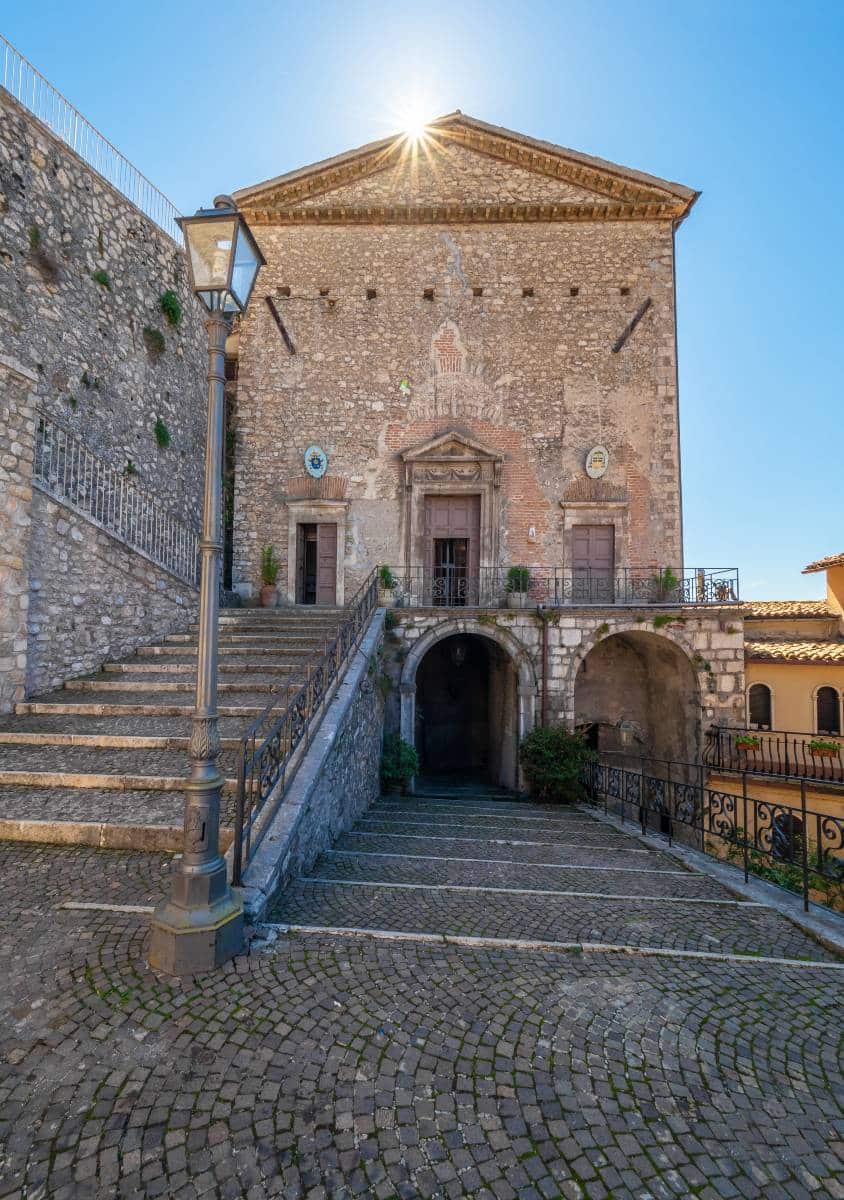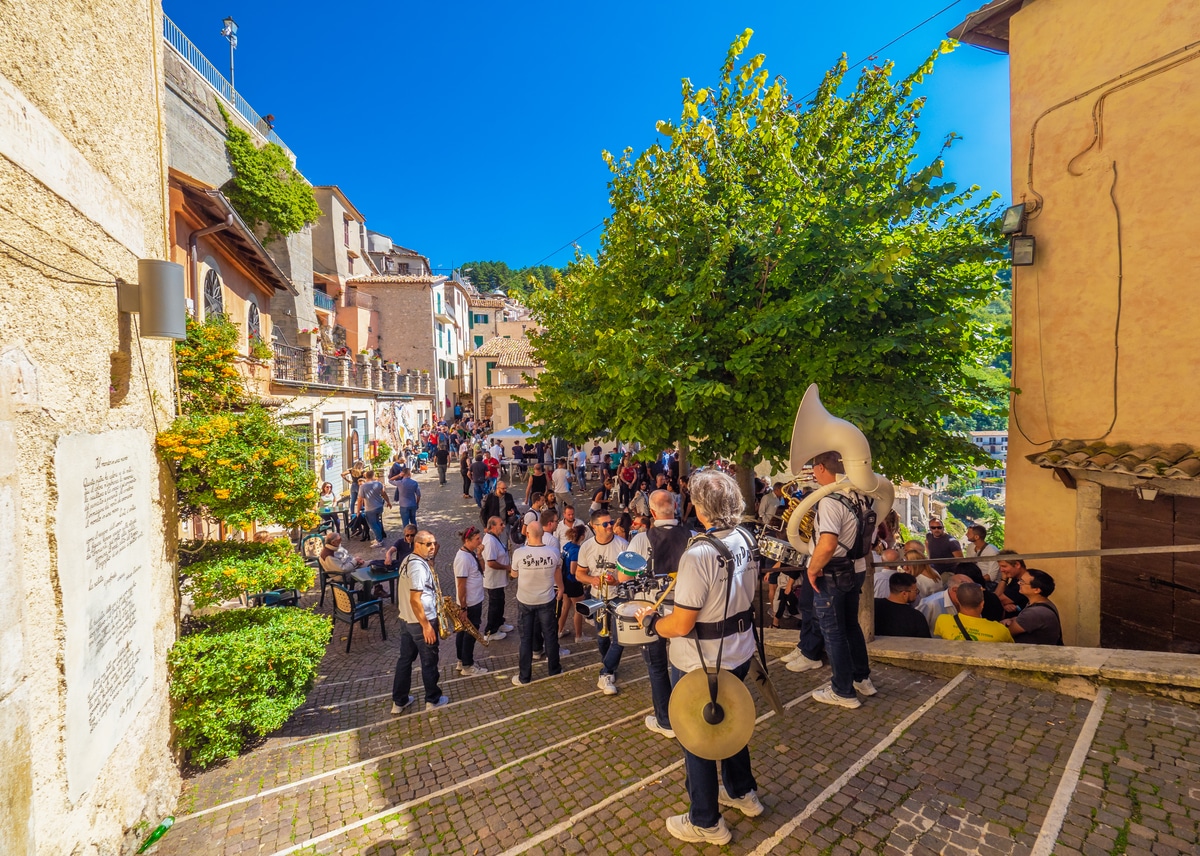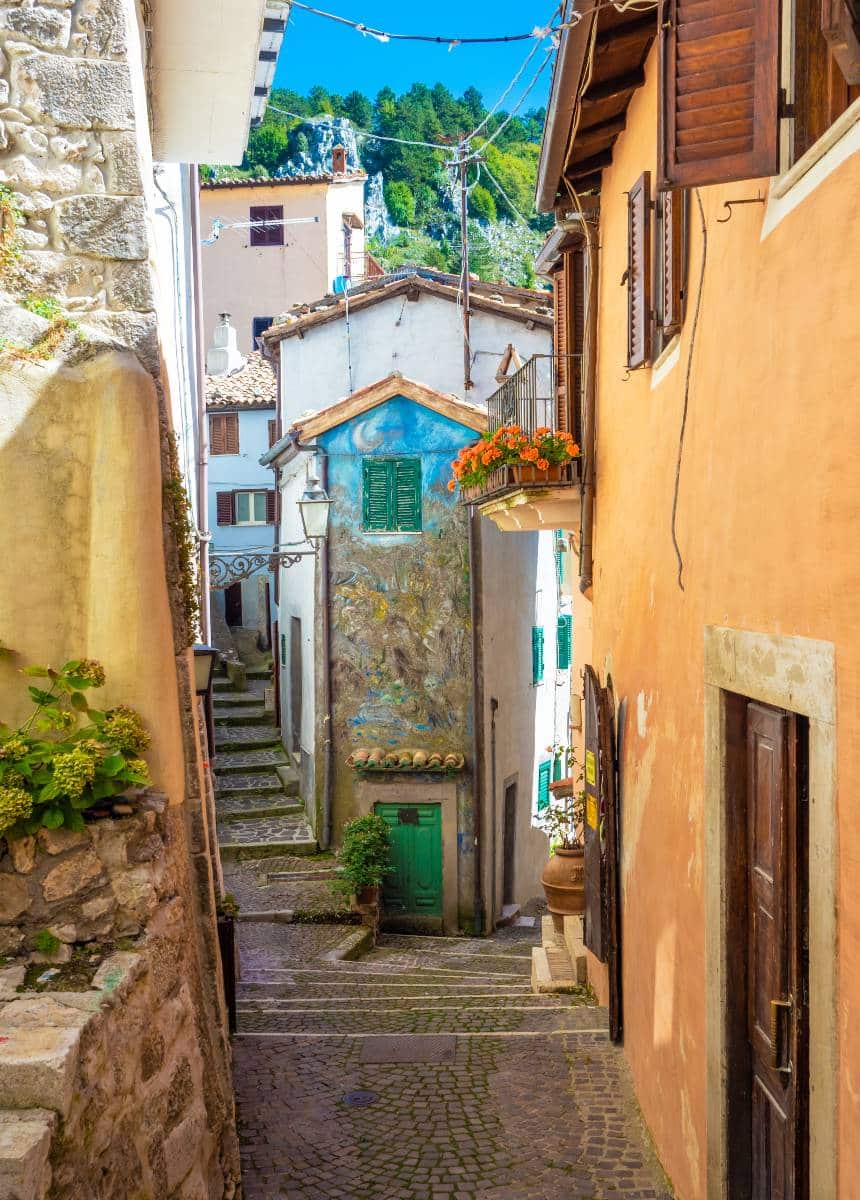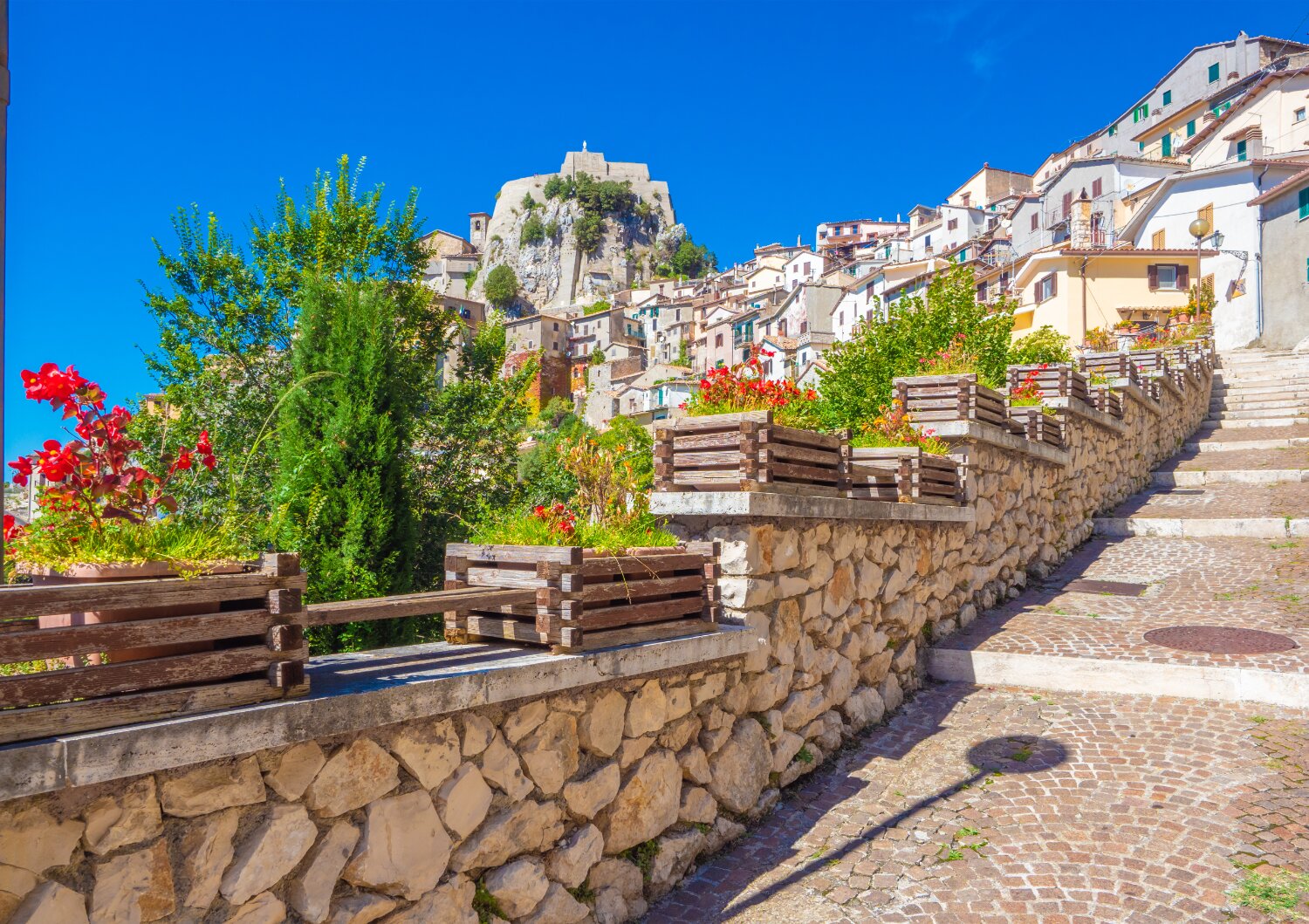Historical notes
Also known as the Town of Artists because of the murals, paintings and various installations that enrich its picturesque historic centre, Cervara di Roma is officially mentioned in a document dating back to 883, in which a certain Cesario, duke and consul, donated many lands to the Sublacense Abbey, including 'Cervaria'. This confirms the hypothesis put forward by many historians that Cervara was owned by the Abbey of Subiaco. Other historians, on the other hand, claim that the village was built by Saracens who had escaped defeat at Vicovaro in 916.
Whatever its origin, Cervara certainly belonged to the Benedictines in the year 1000 and remained so until the middle of the 18th century, albeit with ups and downs. However, the fortress reached its peak under the Colonna family, at the beginning of the 16th century, when the village became the centre of transhumance between the Papal State and the Kingdom of Naples.
Today Cervara is only partially protected by what remains of the ancient Benedictine Fortress, although the urban fabric of its historic centre has managed to keep the original architectural layout intact. This peculiarity, combined with the picturesque atmosphere of the ancient village and the highly scenic view of the Aniene valley below, makes the village a destination for many tourists and visitors who explore it by crossing the main square and entering the narrow streets, ramps, stairways and open spaces that criss-cross the town.
The village
The fulcrum of the village is the fortress, also called Castello or Corte, dating back to the year 1000. It is a fortress that was framed by mighty walls, some parts of which are still recognisable, and the remains of a watchtower.
Below the fortress is the Collegiate Church dedicated to Maria Santissima della Visitazione, a church built on the basis of an earlier one from the 15th century and subsequently modified between the 17th and 18th centuries. The Palazzo del Municipio (Town Hall) with its unusual façade overlooking Piazza Umberto I is also interesting.
Don't miss a visit to the Mountain Museum, which contains important evidence of ancient transhumance.
The small rural churches of San Rocco and Santa Maria della Portella are also interesting places to explore. For excursion lovers, the nearby village of Campaegli is full of organised nature trails where you can enjoy total immersion in nature, while in Prataglia you can visit the Astronomical Observatory, which is open to visitors by appointment. Another interesting area to visit is the faunal area of the Cervo, also available by reservation.


